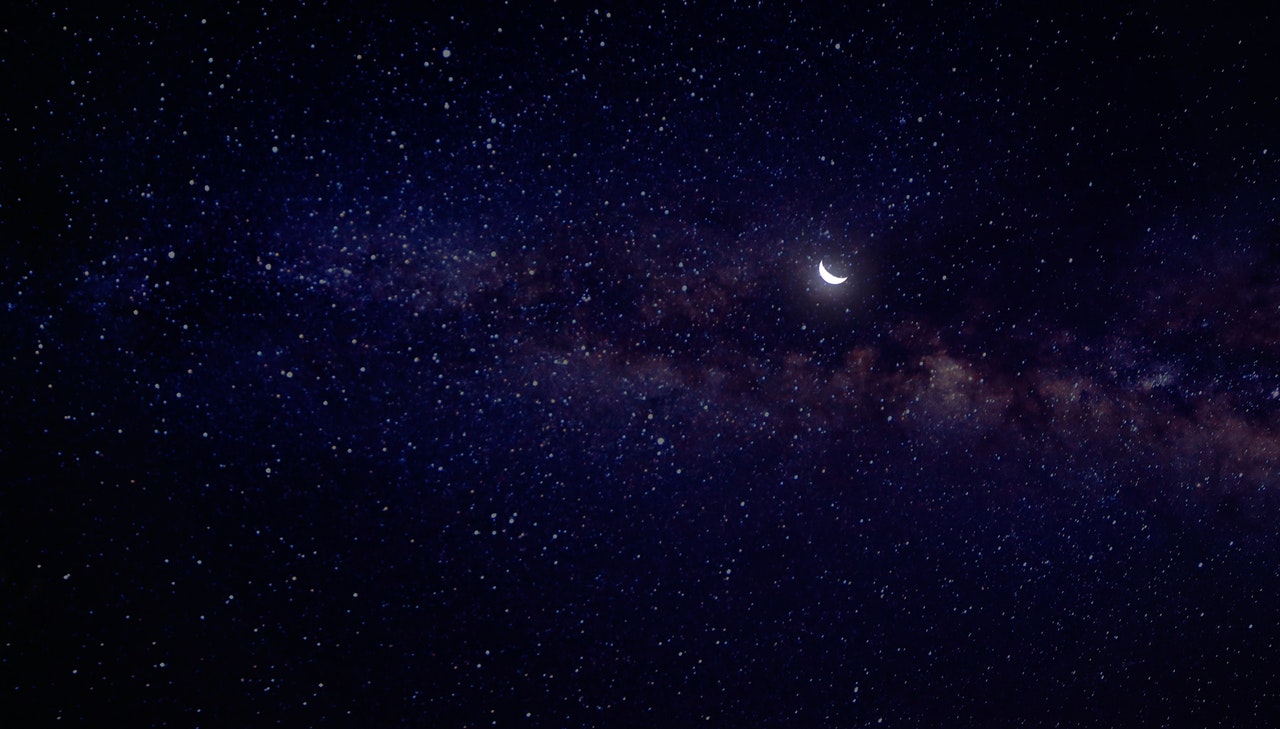Laboric Hours
"Time is money, she said. She meant for me to wash the dishes, but I took it literally."-Joergen Rance
Laboric hours, commonly called Labores, are the modern Solar System's currency. They are a computer based and backed by the massive labor force of the modern Human economy.
Labores are the accepted currency throughout the solar system, used since the Fall of the Liberauters in 180. In space, where every gram of mass costs, and almost every job can be done better and faster through automation, the easiest way to pay another person was an IOU. These were first used in the asteroid belt, when communication was possible but transport would take days or weeks. Miners would contract supplies from the various asteroid bases, and the managers would accept a certain amount of the miner's time in exchange, when they came back to base. This system was used by Joergen Rance when he traveled to Murdo station, and he compensated the Hermians for their services with 200,000 man-hours, the first official use of Labores as a currency.
Labores are a completely digitized currency, with fund level tracked across computers tracing lines of funding throughout the Solar System. They have no symbol, and are referred to as Labore in the singular and Labores in the plural. This name comes form the Latin word for work. On average, the Humans of the Solar System spend 20% of their lives working. The average human lives for 100 years, and this means they perform 175,200 hours of work in their lifetime, and earn 175,200 Labores. Items can easily be classified in value by how much time a human had to work to produce said item. A bowl might take 2 for a human to paint, require .5 hours of maintenance on he machines that mined the ore for the bowl, purified that ore, and then cast it into it's final form. This bowl may then coast a human .1 hours of clerical work to distribute to the proper location, .25 hours of work to maintain the spaceship it is shipped on, and .25 hours of work to unload and transport to the proper shop. The manufacturer, shipping company, and seller may then add a .33 hours markup each, and the bowl is worth 4.1 man-hours, or Labores.
A teacher at school can teach a class of 25 for one hour, receive 1 Labore, and each parent may pay as little as .05 Labore for the class. The richest individuals, such as company heads or ICG council members, can be payed as much as 100 Labores for an hour of their work, while unskilled individuals are payed as little as half a Labore for an hour of their time. Every time a child is born, 175,000 potential Labores are added to the market. The actual costs of Labores varies from year to year, as labor and forgery levels fluctuate, but most years it falls around 58 minutes of work for 1 Labore. Human demographics are slanted towards the younger age groups, courtesy of a healthy growth rate. Because of this, invested money almost always gives healthy returns, and allows most adults to live above their means in their retirement. Adjusted for the changing economy, most adults actually spend 176,900 Labores in their life, and earn 176,000 Labores, work for a total of 175,700 hours, and spend 30 years retired.
The beauty of using Labores as currency is that no money ever has to be printed, money cannot be inflated, or stolen. Forgery of Labores is their greatest weakness, and thus their coding is the greatest kept secret in the Solar System. The massive computer banks of Eous station maintain Labores levels throughout the Solar System, occasionally dipping the currencies value to compensate for unauthorized influxes. Because of this, Labores are actually only worth 58 minutes on the average year. Every 10 years, a census is taken of the entire solar system, and new Labores are issued to adjust the market for the amount of labor available.
Item type
Currency & Deeds
Manufacturer
Related ethnicities
Base Price
1 Man-hour per Labore
Remove these ads. Join the Worldbuilders Guild









Comments